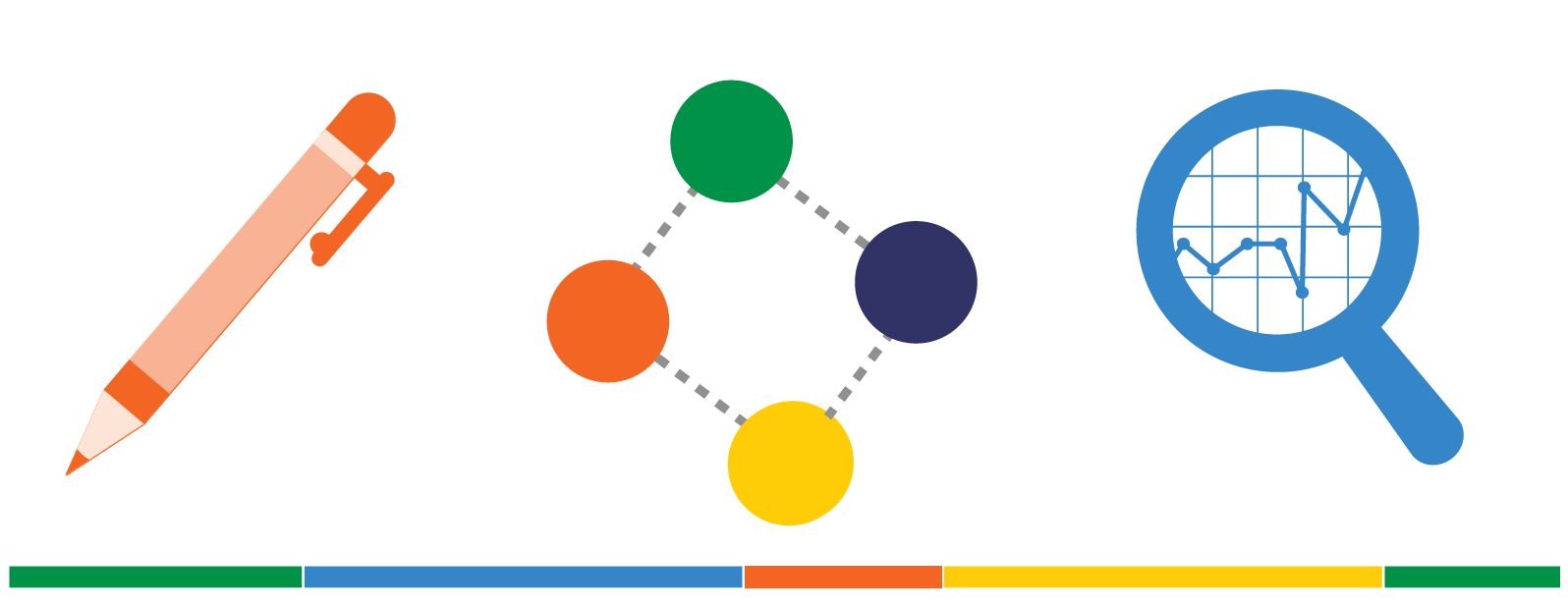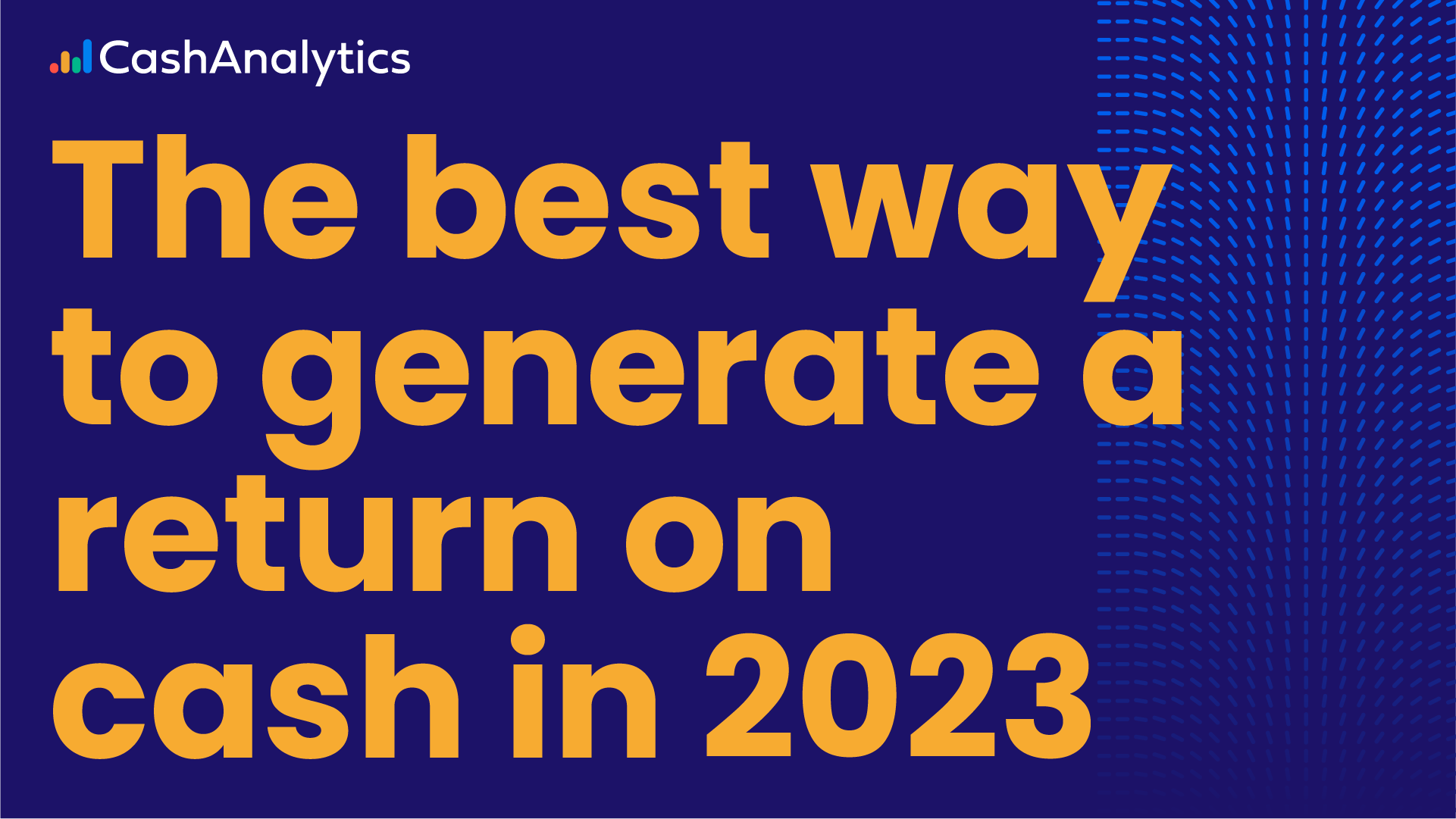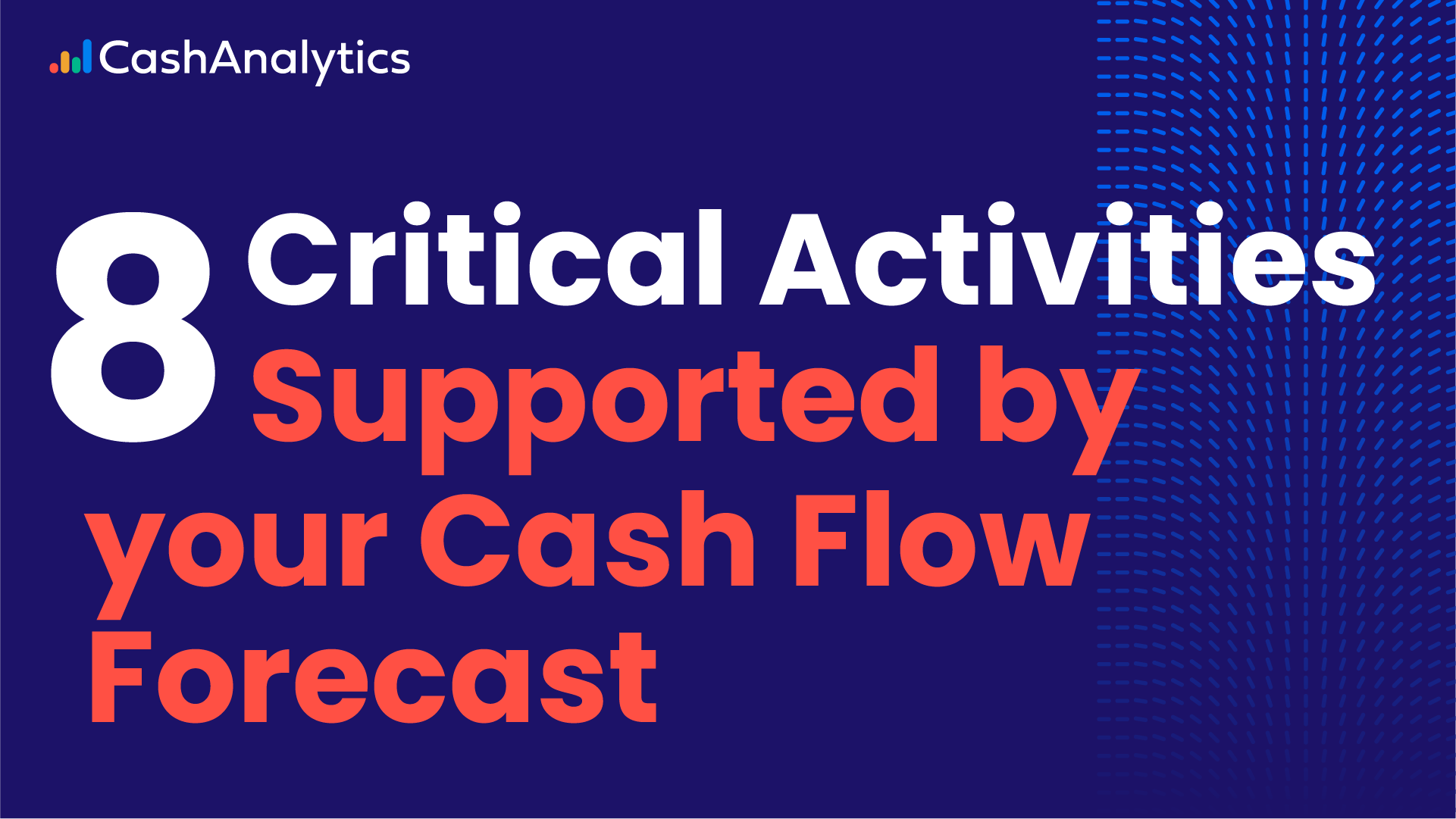
A well-designed cash flow forecasting template is invaluable. With this resource, finance teams can track and manage a business’s key cash flow categories.
However, there’s no one-size-fits-all template. Every finance team has different business objectives that should shape the report.
Download our free cash flow forecast template below. We’ll show you how to customise and use your own cash flow forecast template right now in this article. When we’re through, you’ll know what the template should include and how you can use it to improve your forecasting.
Download your free cash flow forecast template [Excel]
Table of contents:
- What is a cash flow forecasting template?
- Why is a cash flow forecasting template important?
- How to customise your cash flow projection template
- Set your forecast report’s granularity
- Daily cash forecasting
- Monthly cash forecasting
- Yearly cash forecasting
- Choose your cash forecast template time horizon
- Determine the cash flow categories you’ll use in your forecast
- Receipts
- Payments
- Set your forecast report’s granularity
- CashAnalytics makes cash forecasting easier than building from scratch or using a template
What is a cash forecasting template?
A forecasting template (also known as a cash forecasting model) is a blueprint that finance teams use for cash flow projection. Typically, the document sets out the key dimensions of a forecast model — the time horizon, time-period granularity, and cash flow categories.
The template sets out the key dimensions of a forecast model – the time horizon, the time-period granularity and the cash flow categories that will be forecasted and reported on”
In the image above, forecasting template columns reflect the reporting frequency of your forecast within a specific time period. Additionally, rows in the template present cash outflows and inflows. Typically, you’ll group all cash inflows as receipts and outgoing cash as payments or expenditures.
The two types of cash flow data are:
- Actual data. In the graphic above, actual data is displayed in the column furthest to the left.
- Forecast data. In the graphic above, forecast data is displayed in the columns on the right.
The cash flow data in a forecast template is determined by what your firm’s leadership wants to see in reports — like dividends, intercompany payments, taxes, or more.
Why Is a Cash Flow Forecasting Template Important?
Instead of building out a forecasting model from scratch, use a cash forecasting template. This resource outlines which cash flow categories to track, so your forecast model is comprehensive.
Use the insights from your cash flow template to make informed cash-planning decisions. Based on your firm’s closing balance, for instance, you can determine creditworthiness or mobilise available cash for hiring more people.
How to Customise Your Cash Flow Projection Template
Earlier, we provided a downloadable cash forecasting template. To tailor the template to your exact business needs, you’ll need to choose a reporting granularity, time horizon, and how much actual data you want in your forecast.
Set Your Forecast Report’s Granularity
Your report’s granularity — the time intervals when you complete the reporting — depends on your forecast objectives.
If you’re focused on short-term liquidity planning, a daily reporting granularity likely makes sense. With a longer reporting period — like a weekly forecast — you may miss short-term liquidity shortfalls and leave your firm cash-strapped.
And if reporting granularity is too fine, it can muddy the waters and disguise important data trends. At the same time, long reporting intervals may lead you to miss important signals too.
The table below shows examples of report objectives and which frequency of creation is best for each.
Business Objective | Reporting Date Granularity | Cashflow Classifications | Frequency of Creation |
|---|---|---|---|
| Short term liquidity planning | Daily | High level flows and balances | Twice a week |
| Interest and debt reduction | Weekly | Management reporting categories and flows | Weekly |
| Covenant and key date visibility | Weekly | Management reporting categories and flows | Weekly; more frequently approaching key date |
| Liquidity risk management | Weekly for 13 weeks, then monthly for three months | High level flows and balances | Monthly |
Not sure which reporting frequency is best? Read on to learn about daily, monthly, and yearly forecasting.
Daily Cash Forecasting
Daily cash forecasting is a short-term cash flow model used for day-to-day cash management and liquidity planning. The model works best for businesses that operate on fine margins or tight working capital cycles (WCC) — like a firm in the pre-acquisition stage.
Because of its short time horizon, daily forecasting gives a granular view of cash that enables day-to-day decision-making. Different internal and external factors can lead you to consider daily cash forecasting.
- Internal: Excessive administration or delays in longer-term forecasts can lead to a lack of liquidity visibility. Daily cash forecasts provide quick insight into available operating capital for business expansion — like opening new branches, acquiring other companies, setting up plants, and more.
- External: If your firm just signed a new credit agreement or secured a revolving credit line, daily forecasting helps you manage day-to-day cash flows for faster loan repayments.
For a daily cash forecast, source data from ERP systems, AP/AR ledgers, bank files, payroll and billing systems, CRM tools, and more.
Monthly Cash Forecasting
Similar to daily forecasts, a monthly cash flow forecast is often used for cash planning and management reporting. The model is also a good fit if your company’s debt repayment plans involve covenant forecasting.
Monthly forecasts provide a balanced perspective since they are in between annual budgets and shorter forecasts like daily or weekly. That’s why forecasts done on a monthly basis are ideal for measuring if you’ll be able to honor your financial promises — to investors, lenders, and others.
Data sources for monthly cash forecasts include budgets, historical data, business and sales plans, intercompany deal flows, and more.
Yearly Cash Forecasting
Over several 12-month periods— say three to five years— you can assess the cash your firm needs for the long term. These cash requirements span across capital projects and growth strategies like setting up a new production plant or office building.
A yearly cash forecast is often a good foundation for creating future annual budgets because it presents year-to-year financing, operations, and investing trends.
Combine yearly cash forecasting with shorter forecast models to plan for multiple scenarios and create a rolling budget. When used together, these reports help you make more thorough cash plans.
Choose Your Cash Forecast Template Time Horizon
Along with setting reporting granularity, you’ll need to determine how much time your cash flow forecast will cover.
Forecast accuracy generally decreases with time, so the horizon for a short-term liquidity planning forecast ideally shouldn’t be long. In our experience, this type of forecast hardly covers more than 10 business days.
We have a short series of articles meant to help you decide the forecast time horizon that fits your business objectives. The first piece reviews the practical uses of the 13-week cash flow forecast.
Like granularity, your forecast’s time horizon should align with the report’s objectives. To see typical forecast horizon and goal pairings, check out this table.
Business Objective | Forecast Horizon | Reporting Date Granularity | Cashflow Classifications | Frequency of Creation |
|---|---|---|---|---|
| Short term liquidity planning | 10 business days | Daily | High level flows and balances | Twice a week |
| Interest and debt reduction | 13 weeks | Weekly | Management reporting categories and flows | Weekly |
| Covenant and key date visibility | To next significant reporting date (at least) | Weekly | Management reporting categories and flows | Weekly, more frequent approaching key date |
| Liquidity risk management | Six months | Weekly for 13 weeks, then monthly for 3 months | High level flows and balances | Monthly |
Determine the Cash Flow Categories You’ll Use in Your Forecast
A cash flow forecast covers receipts (incoming cash) and payments (outgoing cash). Within these two sections, there are a number of subcategories, including:
- Receipts
- AR cash collections: the amount of unpaid sales invoices customers owe you
- Debt drawdown: any money you borrowed from available lines of credit
- Sales collections: invoice payments you received from businesses or individuals
- Payments
- Capital expenditure: money you spent on purchasing or revamping fixed assets like land or buildings
- Payroll: cash you used to pay staff and contractors
- Taxes: the mandatory percentage of your income paid to tax authorities
- Debt repayment: money you used to pay back loans
- Intercompany payments: cash paid to a subsidiary firm.
- One-off items: like expansion of a production facility
CashAnalytics Makes Cash Forecasting Easier Than Building from Scratch or Using a Template
If you plan to set up a cash flow forecasting process from the ground up, we’ve got you. This post is an extract from the guide we recently produced, which covers all aspects involved in setting up a cash flow forecasting process. Please follow this link to the Cash Flow Forecasting Setup Guide, which we welcome you to download. The guide discusses: what is involved in setting business objectives, how to set the process up, as well as what comes after go-live.
Alternatively, templates are a great way to create quicker cash forecasts.
With CashAnalytics, you don’t even have to worry about building a cash forecasting process from scratch or working around a manual template. Our cash flow forecasting software automates forecast processes, enables instant cash balance visibility, and aids variance analysis. We also provide step-by-step support to customise our tool for your specific business objectives.
Schedule a free demo to learn exactly how CashAnalytics works and see if it’s a good fit for you.



